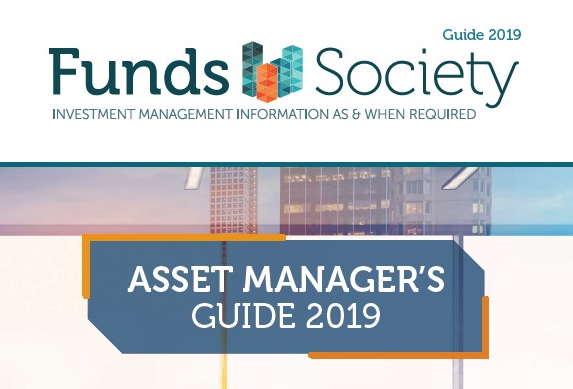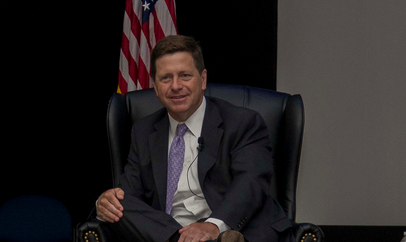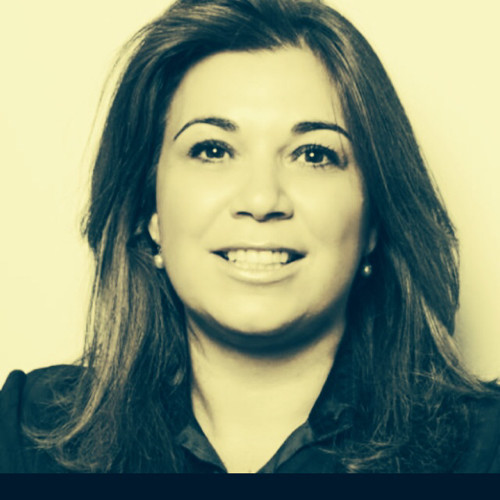The asset management industry is reaching maturity. It currently manages close to 100 trillion dollars in investable assets, with a much higher positioning in risk assets than what was necessary a few years ago in order to obtain similar returns. 80% of these assets are managed by institutional investors: Sovereign funds, pension funds and mutual funds, while this percentage was only 35% 25 years ago. In addition, the asset management chain is now much longer, the proportion of investors purchasing direct stock is much smaller than in the past. These are some of the conclusions that Carol Geremia, President of MFS Investment Management and Head of the company’s Global Distribution Division, shared during the 2019 MFS Americas Advisor Investment Forum in Miami. She also spoke about the need to align asset managers’ and advisors’ interests with those of the investors, and about the dangers of a short-term mindset.
The Misalignment
The business is now highly intermediated by asset managers, advisors, consultants or institutional investors, but despite the professionalization of the industry, investors feel that there is a disconnect between their interests and those of their asset managers.
“I’m in contact with many investors from different markets at global level, from the large pension funds to sovereign funds, and with advisors. The market has matured and has become a global market which, as we hear daily on the news, is certainly facing a large number of threats. But I believe this is where we are losing sight of something important. Firstly, investors are not syncing with active management. The debate between passive and active management is certainly not very relevant and opportunities to talk with investors about the misalignment of interests are being lost. We have lost our bearings. What’s really important is the result in the long term, and yet, we have only measured the data in the short term, giving a false sense of comfort, when in reality, risks are increasing and the gap with responsible investment is widening,” explained Geremia.
“We need to change our tune and stop dealing independently with the importance of ESG factors and sustainability. It’s all connected, and linked to the future of investment management,” she added.
In that regard, Geremia argued that many opportunities are being lost due to a lack of communication and dialogue to avoid misalignment. But how did that happen? There are many different reasons and many parts of the industry are involved, starting with the market’s low interest rates. But perhaps the most obvious example of disconnection is the lack of alignment between asset managers’ time horizon and that of investors.
“Measured from peak to peak or valley to valley, the industry usually defines a complete market cycle as 3 or 5 years, but in fact, we can state that, after conducting several studies, it has been observed that this estimate is actually half of a market cycle. If we look at the last 100 years, a complete market cycle is defined in a range of between 7 and 10 years. Most investors usually say that a cycle is set at between 7 and 10 years, but their tolerance to below-index returns is set at 3 years.”
The dangers of a short-term mindset
In Carol Geremia’s opinion, the short-termism adopted by the markets is a terrifying issue for investors. In the past, an annual yield of around 7.5% could be obtained with a balanced fund. Currently, investors must take 7 times the same amount of risk in order to obtain that return, not to mention the complexity of the vehicles needed to obtain it.
“Because interest rates have been at very low levels for a long time, all investors have sought a higher return on riskier assets. But we have forgotten that when you take a risk, the best way to manage it is by understanding its time horizon. In conversations with clients, we talk about the need to have a long-term mindset, but nobody defines it correctly.”
Asset allocation
In the current environment where all players are undertaking more risk and adopting greater complexity in their investments, having a conversation with investors about the allocation of their assets is not an easy task. Thus, Geremia presented four baskets of risk. The first is the “bulk” beta basket, which includes the ETFs, the indexed funds, and factor investment funds, that is, passive investment. A second basket contains liquid alpha vehicles, which includes mutual funds and traditional active management. A third, with alpha illiquid vehicles, including private equity, investment in infrastructure, real estate and hedge funds. Finally, a fourth basket contains the ESG investment, with long-term responsible investment vehicles.
“Most investors tell me that the reason why they opt for passive versus active investment, apart from the price of commissions, is that they are not allowed the sufficient time required in order to obtain a good performance in the markets,” she said.
On the other hand, and in view of increasing diversification, investment in alternative assets has also increased enormously, but the expert from MFS reminds us to bear in mind that alternative assets are an illiquid alpha.
“Alternative assets are a way to extend the investment horizon, renouncing liquidity in return, which is why there is a yield premium. If these points are not discussed with investors there will be huge disappointment in the future, both for having renounced the superior returns of traditional active management, and for having underestimated the importance of liquidity,” she explained.
“Finally, it’s essential to have a conversation about sustainable investment with institutional investors. Clients will stop asking how much money has been obtained to ask how it has been obtained,” she concluded.







